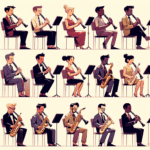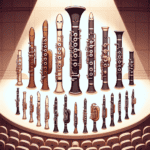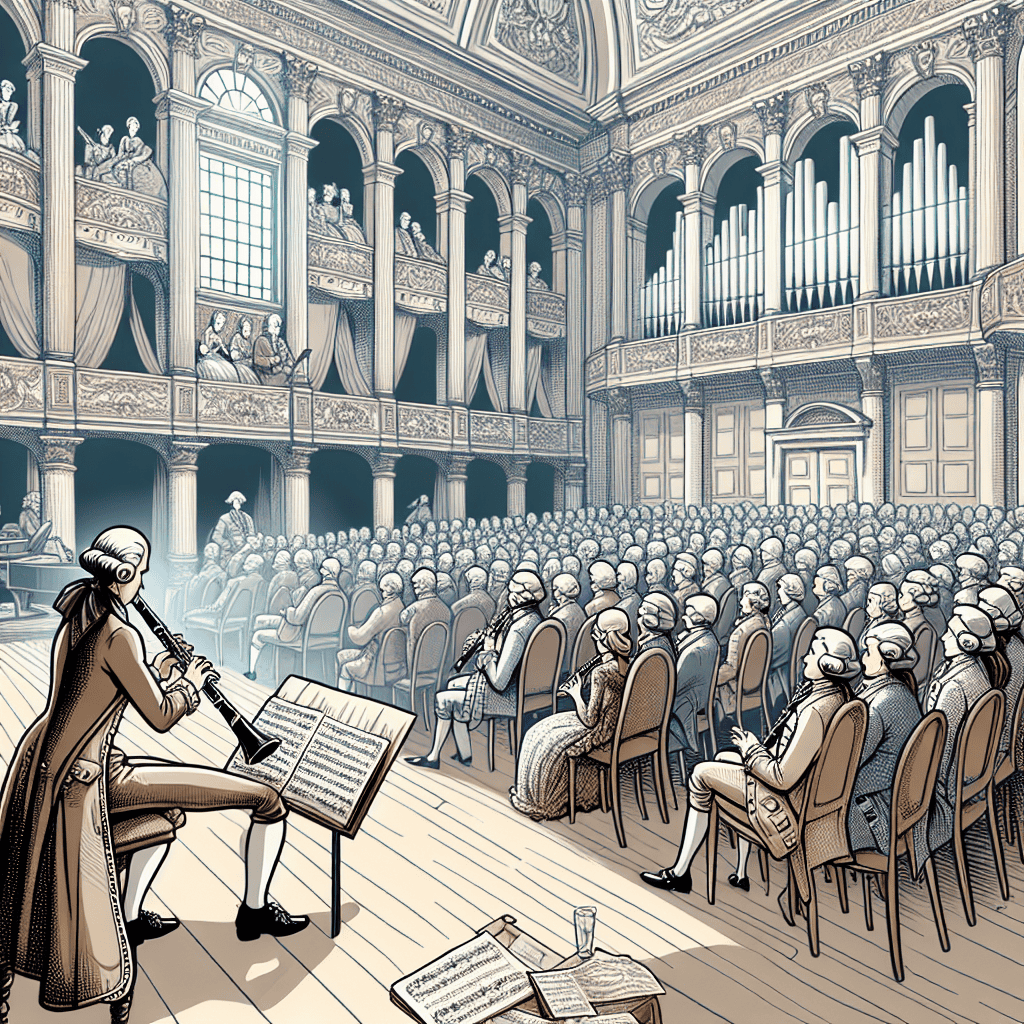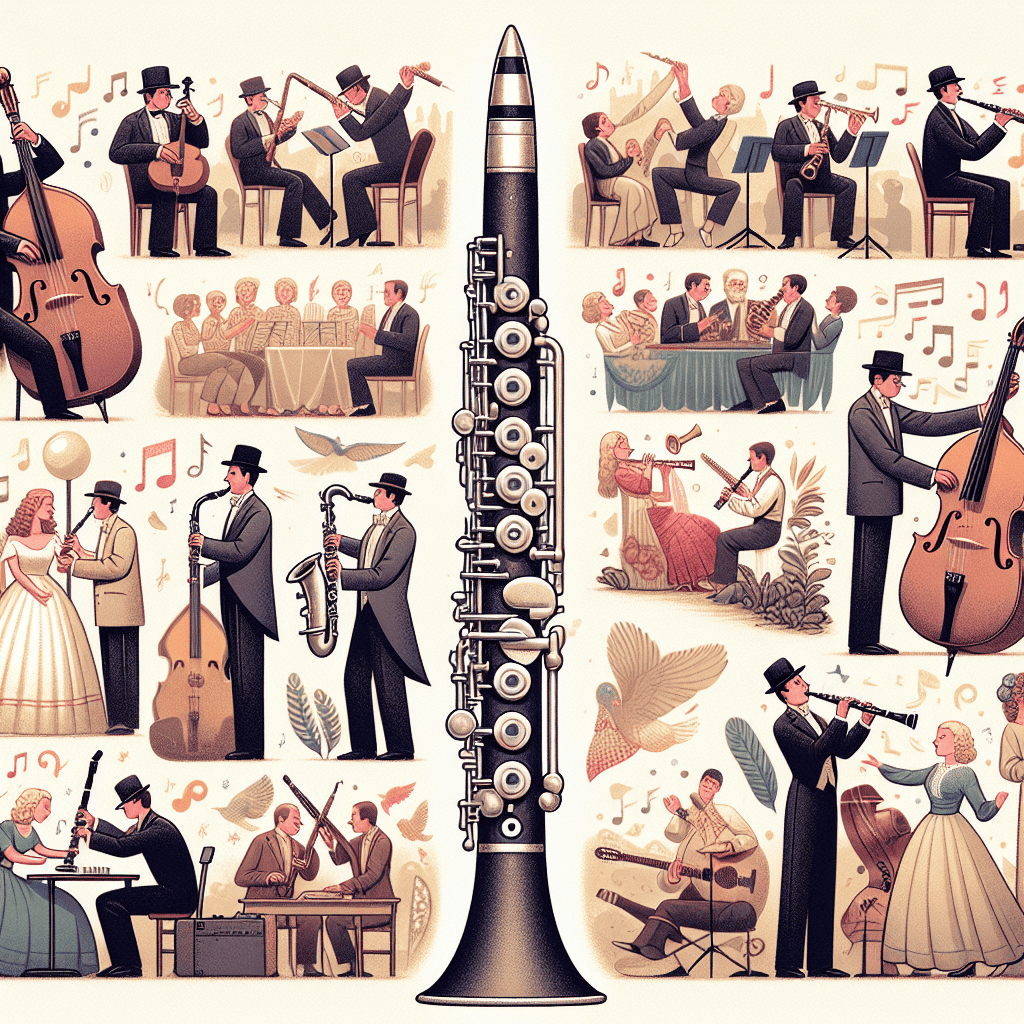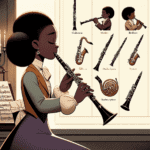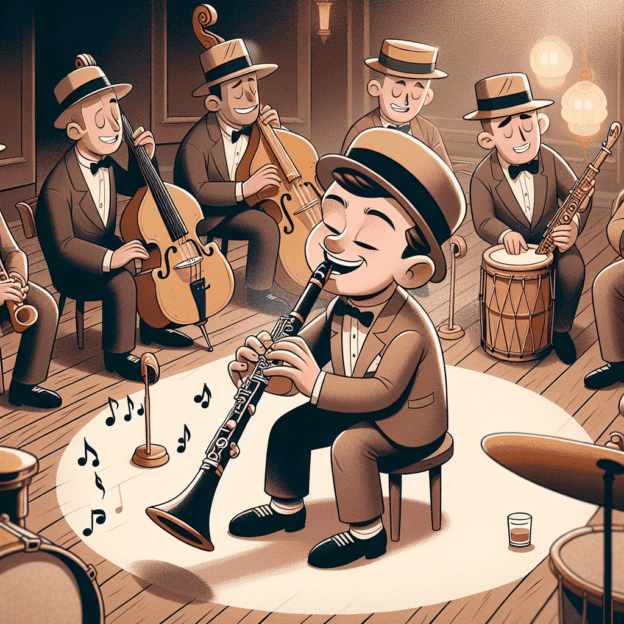When you think of early jazz, the clarinet often stands out as one of the most captivating instruments of the era. The use of clarinet in early jazz is a fascinating topic full of rich history and valuable lessons. Let's explore what made the clarinet such an important part of the early jazz sound, and how you can bring that same magic into your own playing today.
The Rise of the Clarinet in Jazz
Early jazz music, particularly from the 1910s and 1920s, saw the clarinet become prominent within ensembles and orchestras. The clarinet, with its flexible tonal range and emotive sound, became a favorite among jazz musicians. It could mimic various musical expressions, replicating everything from soulful wails to quick, jubilant notes – essentially becoming a voice of the band.
Legends like Sidney Bechet and Johnny Dodds brought exceptional skills to the table. These pioneers created new paths with their playing styles, greatly influencing the musical landscape and inspiring generations of clarinetists to come.
| Clarinetist | Notable Contributions |
|---|---|
| Sidney Bechet | Pioneered the use of vibrato in jazz clarinet |
| Johnny Dodds | Known for his emotive, blues-influenced style |
| Jimmie Noone | Developed a smooth, refined tone |
Understanding the Key Techniques
Getting good at playing early jazz on the clarinet involves more than just the basic skills of the instrument. Here are some tips to give your sound that authentic, early jazz flavor:
- Embrace Vibrato: Early jazz clarinetists often used vibrato to add emotional depth and richness to their playing. Start by practicing slow, controlled vibrato and gradually increase speed as you become more comfortable.
- Master Your Articulation: Clean, precise tonguing is important for early jazz styles. Work on developing a light but fast and consistent articulation. Practicing scales and arpeggios with different articulation patterns can really help.
- Experiment with Slides and Bends: Much of the charm of early jazz comes from expressive slides and bends. Train your ear to replicate these techniques, adding character and soul to your music.
- Blue Notes: Learning and using blue notes in your playing is key. These flattened notes give jazz its distinctive expressive sound.
Maintaining Your Clarinet
Taking good care of your instrument is crucial for getting the best sound, especially when you're going for that vintage jazz tone. Even the clarinets used by jazz legends needed regular care. Make sure to clean your instrument thoroughly after each session. Martin Freres clarinets, known for their quality, last well over time but need the same attention as any good instrument.
Anecdotes from the Era
If you want to play or understand early jazz on the clarinet, knowing some stories about the players who came before can be both inspiring and educational.
One interesting story is about how Johnny Dodds developed his unique style. Dodds taught himself to play, saying he learned by ear, first picking up tips from jug bands and riverboat musicians. His bold and emotional style brought a raw, authentic energy to his performances and recordings.
Then there's the amazing journey of Sidney Bechet. His time living in Paris and mixing his New Orleans style with European classical influences created a diverse sound that's still important in jazz music today.
A Modern Take on Early Jazz
Using early jazz techniques in modern performances can give your playing a unique mix of old and new styles. Whether you play in a band, teach, or just enjoy the instrument for fun, knowing these historic techniques adds depth to your musical skills.
Try practicing with recordings of early jazz music. Playing along with greats like Jimmie Noone or Artie Shaw can give you context and make your practice more fun. You can adapt techniques from these players to modern settings, adding an interesting twist to new compositions.
Final Thoughts
Studying the clarinet in early jazz shows us a world full of musical innovation. Famous clarinetists demonstrated how a genuine voice on the instrument could grab and move audiences. Learning their techniques and stories not only keeps their legacy alive but also can inspire your own journey with the clarinet.
So, pick up your Martin Freres clarinet, listen to those early jazz classics, and bring some history into your practice. You might find something really special in mixing old-world charm with your own modern style.


